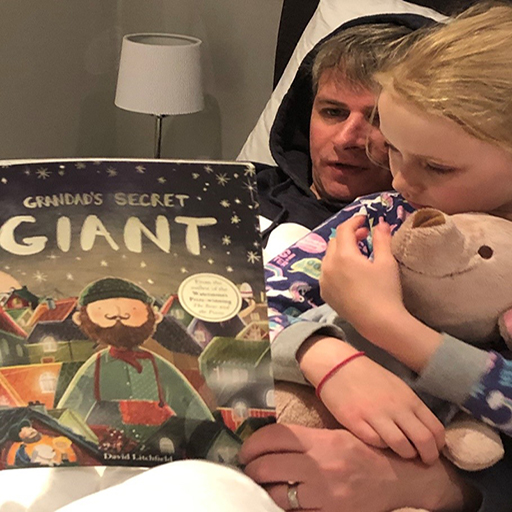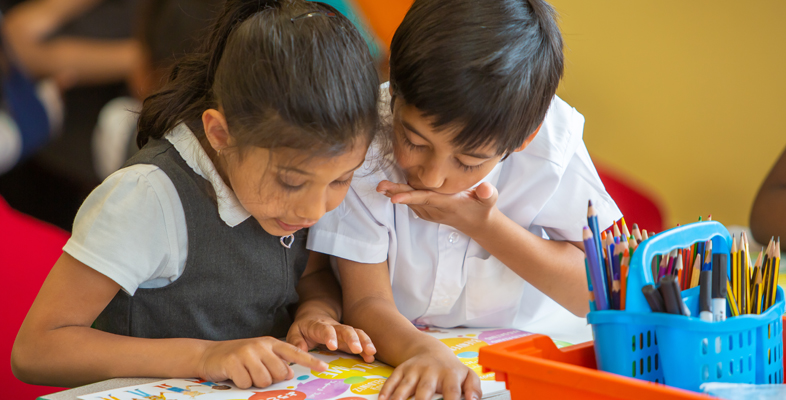3 Understanding shared reading in homes
The impact of shared reading in the home environment on children’s holistic development is well documented. A research study by Hall, Levy and Preece (2018) examined data from in-depth interviews with 29 parents of pre-school children to investigate their shared reading practices at home. They found that the parents perceived shared reading as a way to develop children’s literacy skills, but that it was not always linked to school literacy and argued that it should be understood as a family practice rather than an educational endeavour. As another research study in the USA has also shown, parents often view shared reading as enjoyable and a social time to spend with their children, a time to bond around reading (Hindin, Steiner, and Dougherty, 2017).

Whilst shared reading is often thought of as part of the practices of ‘middle-class’ families, the study by Hall et al. (2018) found that it was also an important aspect of daily routines in communities with a lower socio-economic status. In addition, parents who did not consider themselves good or engaged readers reported having very positive reading relationships with their children. The study illustrated that shared reading also nurtured choice as children tended to select the books to be read, that it was highly social and that it motivated discussion around the books. This important study challenges stereotypical ideas about which families engage in shared reading at home. However, data also highlights that not all children experience this sort of shared reading. A consumer insight survey of parents in the UK reported by David (2020) found that:
- 45% of 0–2-year-olds are read to daily or nearly every day.
- 58% of 3–4-year-olds are read to daily or nearly every day.
- 44% of 5-7-year-olds are read to daily or nearly every day.
These findings suggest that the decline in shared reading at home between the ages of 5 and 7 is due, in part, to parents perceiving reading as something learnt in school.
Activity _unit8.3.1 Activity 1 Designing a shared reading poster for parents
Imagine you are designing a poster or a PowerPoint to encourage parents to continue to read with their children as they get older. Make a note of some of the key points that you would include to persuade parents of the benefits. You might like to think back to Session 3 on the power of narrative and Session 5 on reading aloud.
Comment
You might have included some of the following.
Shared reading:
- is an opportunity for relationship building – it is a relaxed social time, an opportunity to talk, share ideas and listen to your child
- is an opportunity for parents to position themselves as readers and convey the message that reading is valued
- provides a supportive environment to discuss ‘tricky topics’ or talk about difficult circumstances in a supportive environment
- ignites children’s curiosity and gives them the opportunity to chat and ask questions. It supports their perspectives, knowledge and understanding of the world
- allows children to engage with challenging texts that are beyond their current reading ability
- supports and encourages independent reading
- develops children’s knowledge of narrative structure (e.g. how stories begin and end, plot, characters)
- supports children’s language development, vocabulary, word recognition, and comprehension.
Working in partnership with parents to support reading at home is crucial to promoting Reading for Pleasure. The next section explores the ways in which you might support multiliterate children’s reading at home.

Box _unit8.3.1 Optional resource
These book chat videos and other resources [Tip: hold Ctrl and click a link to open it in a new tab. (Hide tip)] can be shared with parents and staff. The videos and their accompanying poster explain how to make shared reading at home – both with and to children – child-led and engaging.
